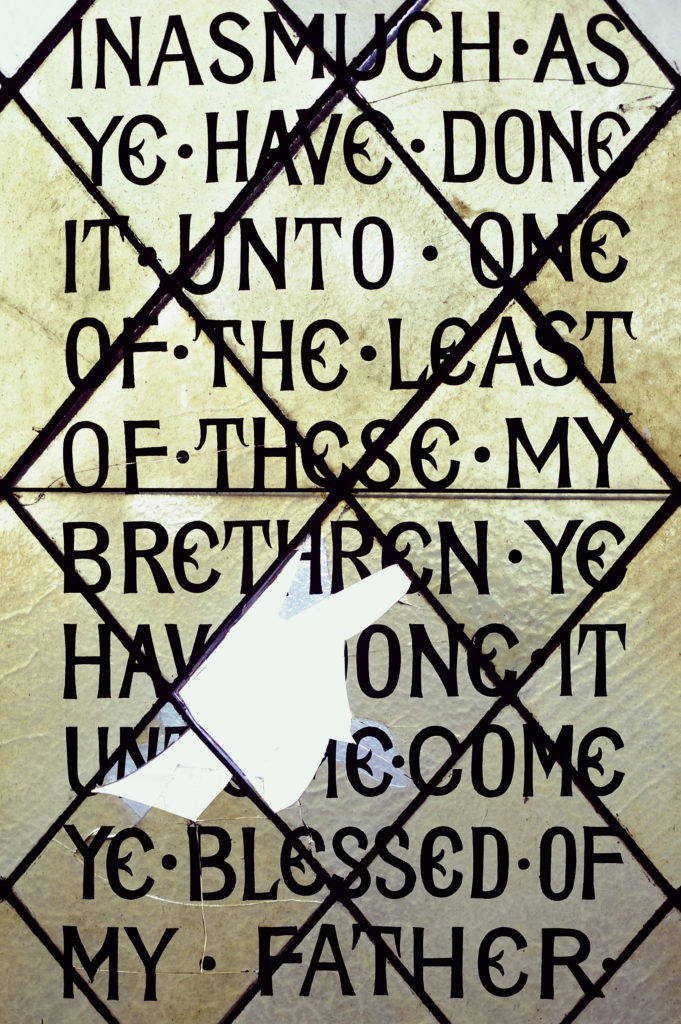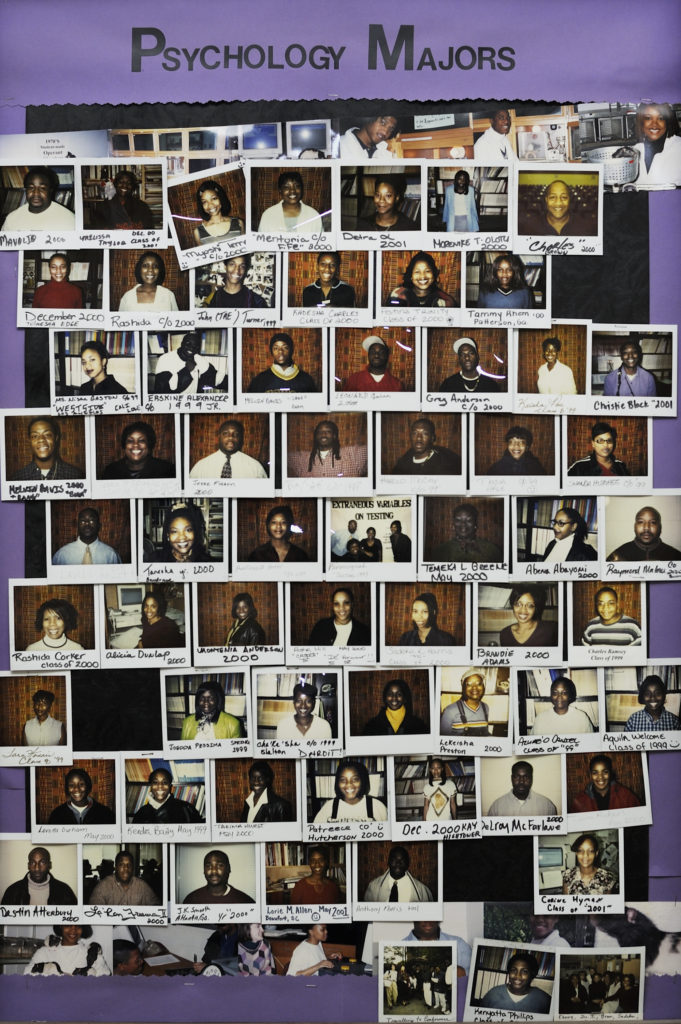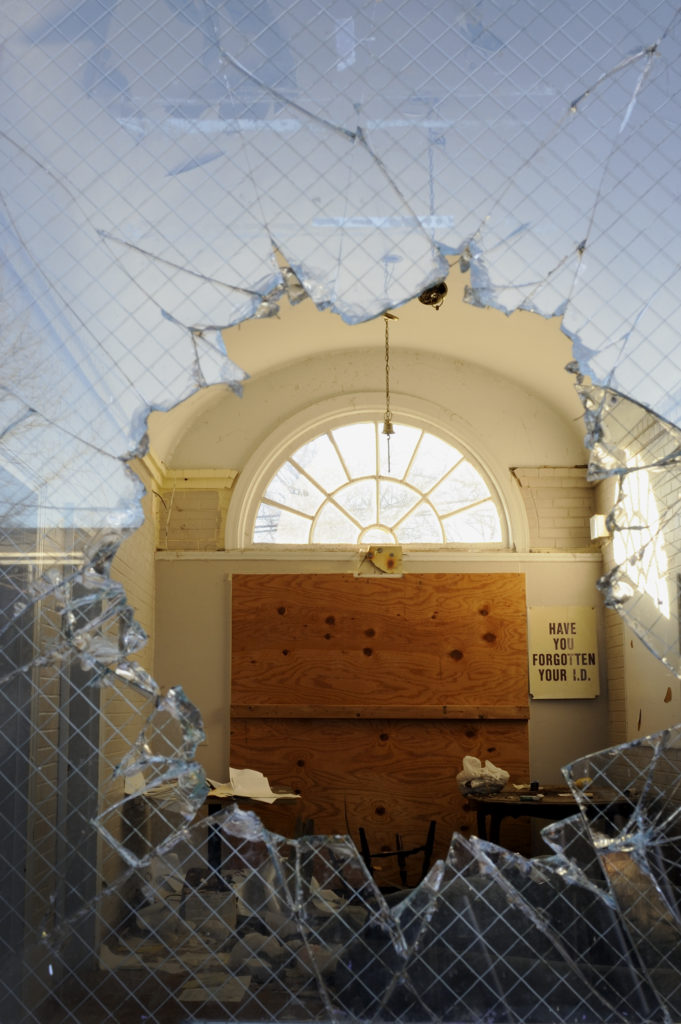Artist’s Statement:
A large bell hangs in the clock tower overlooking the now quiet campus of Morris Brown College. Its inscription reads, in part: Dedicated to the Education of Youth, Without Regard to Sex, Race or Color.
Predominantly in the decades after the Civil War, about 120 colleges were established to educate African Americans. Over time these schools became known as historically black colleges and universities (HBCUs). One of these colleges is Morris Brown. The college was founded in 1881, one of the rare HBCUs founded by African Americans, as most were founded by white philanthropists from outside the South. It came to be known for providing college access to the children of families with lesser means, but over time the college’s finances became increasingly precarious and in 2003 the school lost its accreditation; the federal government cut-off student loan money; the student body almost entirely evaporated. Today, its largely empty campus stands as a testament to a proud past, a challenging present and an uncertain future, not only for this one institution but for all HBCUs.
I was granted unique access to the hauntingly silent campus of Morris Brown. During my time on campus, I sought visual moments and emotional touch points that illuminate the stories in these stilled classrooms and hallways. There are no people in these images, but what makes these photographs so haunting is the presents of their ghosts. Consider the very notion of a silent college campus… empty classrooms, darkened hallways, dusty sports facilities. We have all walked these spaces, and the ghosts of faculty and students past haunt us by their absence.
In part this saga is a Morris Brown story, but it also an HBCU story. Each HBCU has a proud past. Each faces significant challenges. Each has uncertainties in its future. But in the research that I did as part of my work, one statistic is glaring: The roughly one hundred HBCUs that remain are a mere 3% of colleges in America but they represent more than 10% of African Americans who go to college and more than 25% who graduate with degrees. These facts plant this story firmly in the midst of one of the core debates raging in our society: how do we create opportunity in America? How do we create onramps for the middle class?
Artist’s Bio:
Andrew Feiler is a fifth generation Georgian. Having grown up Jewish in Savannah, he and his art have been shaped by the rich complexities of the American South, and of being a minority in the South: history and culture, geography and race, tradition and conflict, injustice and progress.
Andrew’s work embodies a structured aesthetic. His early influences were not photographic. Rather they came from painting and collage: Pablo Picasso’s composition; Edward Hopper’s light; Louise Nevelson’s rhythm. These and others helped Andrew develop the creative language for his own work.
Andrew’s first book of photography, Without Regard to Sex, Race or Color, was published in the fall of 2015 by The University of Georgia Press. Andrew’s photographs have won numerous awards. His work has been featured in Oxford American, The Bitter Southerner, SouthxSoutheast, Aint-Bad, in numerous newspapers and on NPR. His work has been displayed in museums, galleries and is in a number of private collections.
Andrew earned his Bachelor of Science in Economics from The Wharton School of the University of Pennsylvania. He earned a Masters in Modern History from Oxford University and a Masters in Business Administration from Stanford University. His educational background helped prepare him for his day job as a business strategy consultant. As a photographer, however, Andrew is entirely self-taught.






